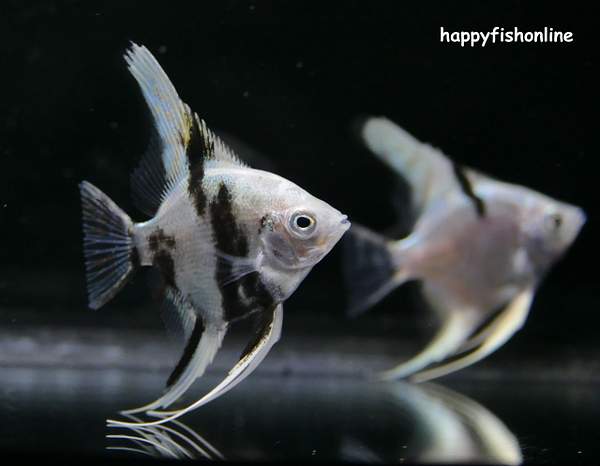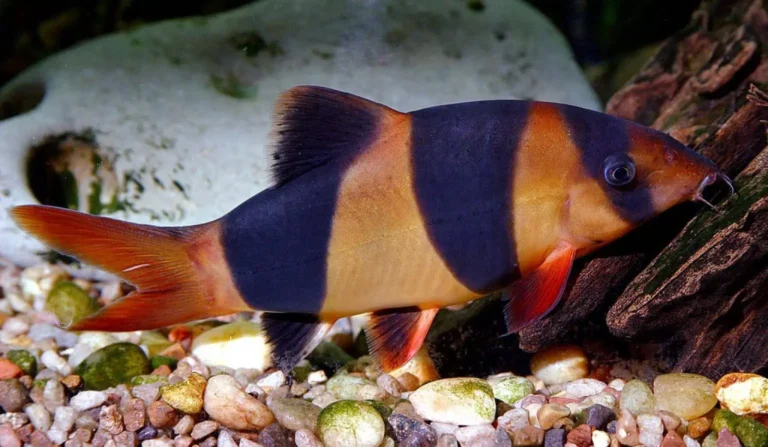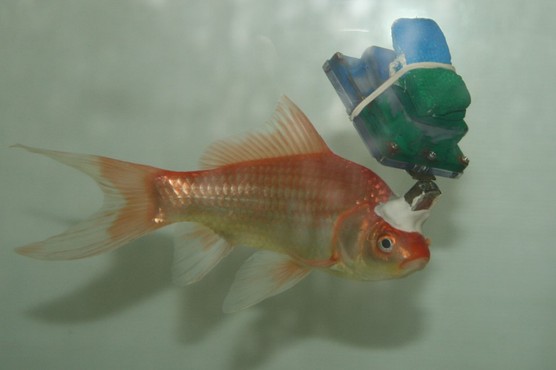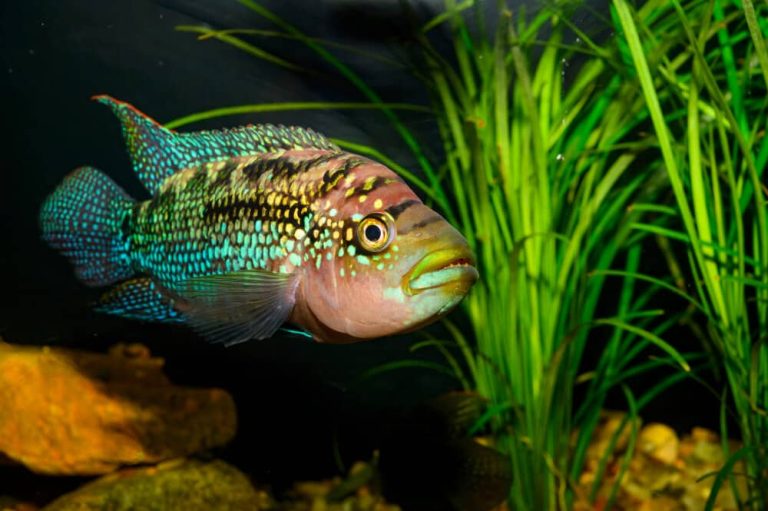Platinum Panda Angelfish
Platinum Panda Angelfish: A Beautiful Addition to Your Aquarium
Are you a fan of freshwater aquariums? Do you find joy and relaxation in observing the elegant and vibrant fishes swimming around? If so, then you might want to consider adding the exquisite Platinum Panda Angelfish to your collection. With its stunning appearance and unique characteristics, this angelfish variety is truly a sight to behold.
What is a Platinum Panda Angelfish?
The Platinum Panda Angelfish, also known as Pterophyllum scalare, is a type of angelfish that boasts a striking coloration and pattern. It is known for its silvery-white body color and contrasting black markings. The combination of these colors resembles the appearance of a giant panda, hence the name “Platinum Panda.”
Characteristics of Platinum Panda Angelfish
Platinum Panda angelfish grow to a maximum size of about 6 inches, making them a relatively small and manageable addition to your aquarium. They have the classic angelfish shape, with long dorsal and anal fins and elongated triangular bodies.
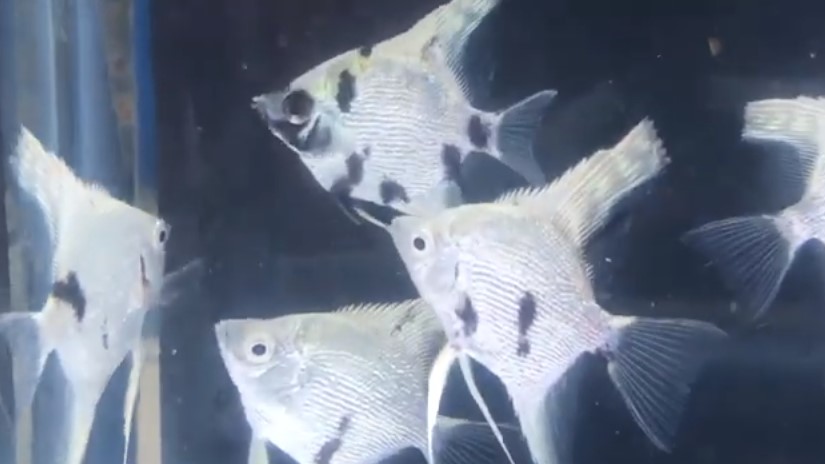
One of the most captivating features of the Platinum Panda angelfish is its unique coloration. Their bodies are predominantly silver-white, and they have black markings on their dorsal and anal fins, as well as their eyes. This distinct pattern gives them a captivating and eye-catching appearance that sets them apart from other angelfish varieties.
In terms of behavior, Platinum Panda angelfish are generally peaceful and can coexist with other non-aggressive fish species. However, they can become territorial during breeding and may exhibit aggressive behavior towards other fish that enter their territory.
Caring for Platinum Panda Angelfish
Proper care is crucial to ensure the health and well-being of your Platinum Panda angelfish. Here are some essential care guidelines to follow:
1. Tank Size: Provide a spacious tank with a minimum capacity of 30 gallons for a pair of Platinum Panda angelfish. The tank should be well-maintained and include plenty of hiding spots and plants.
2. Water Parameters: Maintain a water temperature between 76-82°F (24-28°C) and a pH level of 6.0-7.5. Regular water testing and maintenance are necessary to ensure optimal conditions for your angelfish.
3. Feeding: Platinum Panda angelfish are omnivorous and require a varied diet. Provide them with high-quality flake or pellet food, supplemented with live or frozen foods such as brine shrimp, bloodworms, and daphnia.
4. Compatibility: Ensure that the tank mates are compatible with angelfish. Avoid housing them with aggressive or fin-nipping species, as this can lead to stress and injury.
Breeding Platinum Panda Angelfish
Breeding angelfish can be a rewarding experience for aquarium enthusiasts. To successfully breed Platinum Panda angelfish, follow these steps:
1. Pairing: Choose a compatible pair of angelfish and introduce them into a separate breeding tank. The pair will eventually form a bond and prepare for breeding.
2. Conditioning: Provide a nutritious diet of live and frozen foods to the breeding pair to ensure they are in optimal breeding condition. Increase the frequency and quantity of feeding to stimulate the breeding process.
3. Spawning Site: Place a flat surface, such as a large leaf or slate, in the breeding tank as a substrate for the angelfish to lay their eggs on. The female angelfish will clean the surface and prepare it for spawning.
4. Spawning Process: Once the pair is ready to breed, they will perform a courtship dance, where the male and female swim together and touch each other’s bodies. The female angelfish will then lay the eggs on the spawning site, followed by the male fertilizing them.
5. Egg Care: After spawning, the parents will guard and fan the eggs to provide oxygen and prevent fungus growth. The eggs typically hatch within 48-60 hours, and the fry will become free-swimming in about a week.
6. Fry Care: Once the fry becomes free-swimming, you can start feeding them with commercially available fry food or finely crushed flakes. Maintain optimal water conditions and closely monitor the fry’s growth and development.
Frequently Asked Questions
Question 1: Can Platinum Panda angelfish live with other angelfish varieties?
Yes, Platinum Panda angelfish can coexist with other angelfish varieties as long as there is enough space and hiding spots in the tank. However, keep in mind that angelfish can be territorial during breeding, which may result in aggression towards other tank mates.
Question 2: How long do Platinum Panda angelfish live?
On average, angelfish have a lifespan of 8-10 years. With proper care and a suitable environment, your Platinum Panda angelfish can thrive and live for a significant amount of time.
Question 3: Are Platinum Panda angelfish suitable for beginners?
While Platinum Panda angelfish are not the ideal choice for absolute beginners, they can be a suitable option for hobbyists with some experience in caring for freshwater fish. Their care requirements and potential breeding behaviors make them a fascinating addition for more dedicated aquarium enthusiasts.
Final Thoughts
Adding Platinum Panda angelfish to your freshwater aquarium can bring a touch of elegance and beauty to your underwater world. With their unique coloration and charming personalities, these angelfish are sure to captivate both beginners and experienced aquarium hobbyists alike. By providing the right environment and care, you can enjoy the beauty of Platinum Panda angelfish for years to come. So go ahead, take the plunge, and experience the joy of owning these extraordinary aquatic creatures.
